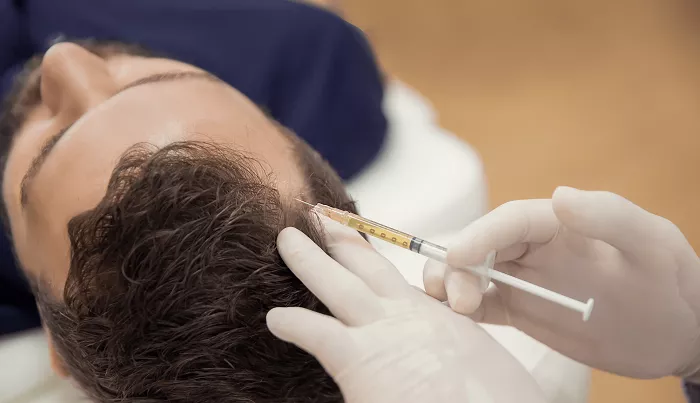Scientists have identified a molecule that may revolutionize treatments for male- and female-pattern hair loss, offering hope beyond traditional hair transplant surgery. The molecule, known as SCUBE3, was shown in recent mouse studies to activate dormant hair follicles, prompting robust hair growth—even in human follicles grafted onto mice.
According to Dr. Maksim Plikus, co-author of the study published in Developmental Cell and professor at the University of California, Irvine, hair follicles in balding individuals are not lost but remain dormant due to lack of activation signals. “Follicle stem cells need to be turned on to start producing hair strands,” Plikus explained. “SCUBE3 carries the crucial message to ‘start’ these follicles.”
In the experiments, microinjections of SCUBE3 stimulated thick hair growth in mice and activated transplanted human follicles, suggesting a potential future treatment that could complement or even reduce the need for surgical intervention. Unlike hair transplant surgery, which involves grafting follicles and a recovery period that varies by patient, SCUBE3-based treatments may offer a non-invasive option with fewer side effects.
Dr. Brian Abittan, director of skin and hair rejuvenation at Mount Sinai Health System, commented on the study’s implications: “This discovery could lead to more precise, less invasive hair restoration therapies, potentially enhancing results seen in hair transplant before and after transformations.”
While SCUBE3 is a promising candidate, experts caution that moving from mouse models to human treatments will require extensive clinical trials and safety evaluations. Dr. Rui Yi of Northwestern University noted the challenges ahead, emphasizing that human hair growth dynamics differ significantly from those of mice.
If successful, SCUBE3 therapy could not only reduce reliance on hair transplant surgery but also improve hair transplant recovery by activating dormant follicles around transplanted areas. For millions affected by hair loss, this could signal a major advance in regenerative hair care.
Related Topics:
- Este Medical Group Introduces Robotic DHI Hair Transplant Surgery in Birmingham
- How Does FUE Transplant Work? A Comprehensive Guide
- What is the Most Attractive Hairline? A Comprehensive Guide


